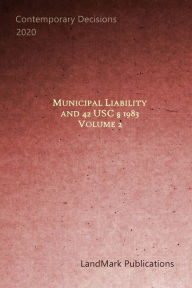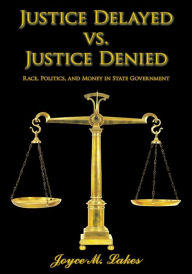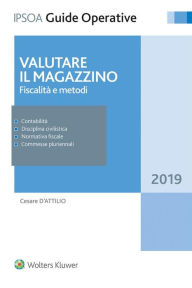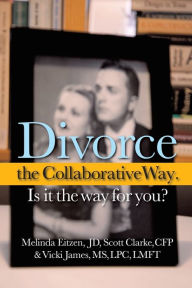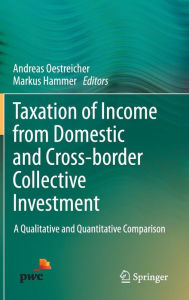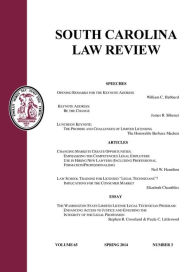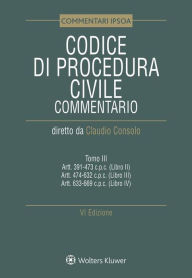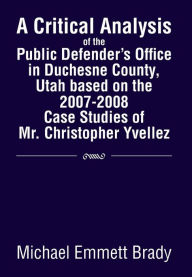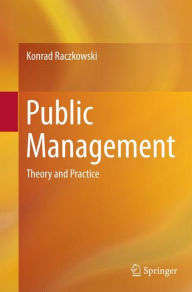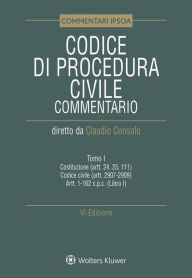Municipal Liability and 42 U.S.C. § 1983: Volume 2
by LandMark Publications
2020-05-29 19:48:09
Municipal Liability and 42 U.S.C. § 1983: Volume 2
by LandMark Publications
2020-05-29 19:48:09
THIS CASEBOOK contains a selection of U. S. Court of Appeals decisions that analyze and discuss issues surrounding municipal liability under 42 U.S.C. § 1983. Volume 2 of the casebook covers the Sixth through the Eleventh Circuit Court of Appeal...
Read more
THIS CASEBOOK contains a selection of U. S. Court of Appeals decisions that analyze and discuss issues surrounding municipal liability under 42 U.S.C. § 1983. Volume 2 of the casebook covers the Sixth through the Eleventh Circuit Court of Appeals. * * * The cause of action created by § 1983 may be exercised only against a person who . . . causes to be subjected, any citizen of the United States or other person within the jurisdiction thereof to the deprivation of any rights, privileges, or immunities secured by the Constitution and laws. 42 U.S.C. § 1983. The Supreme Court has interpreted the word person broadly, and certain polities, including municipalities, are considered persons for purposes of § 1983 liability. Monell v. Dep't of Soc. Servs., 436 U.S. 658, 690, 98 S.Ct. 2018, 56 L.Ed.2d 611 (1978). * * * Although person has been given a wide meaning under § 1983, when the person is a municipality, liability attaches only under a narrow set of circumstances: A municipality may not be held liable under § 1983 on a respondeat superior theory-in other words, 'solely because it employs a tortfeasor.' D'Ambrosio v. Marino, 747 F.3d 378, 388-89 (6th Cir. 2014) (quoting Monell, 436 U.S. at 691, 98 S.Ct. 2018). Instead, a plaintiff must show that through its deliberate conduct, the municipality was the 'moving force' behind the injury alleged. Alman v. Reed, 703 F.3d 887, 903 (6th Cir. 2013) (quoting Bd. of Cty. Comm'rs v. Brown, 520 U.S. 397, 404, 117 S.Ct. 1382, 137 L.Ed.2d 626 (1997)). A plaintiff does this by showing that the municipality had a policy or custom that caused the violation of his rights. Monell, 436 U.S. at 694, 98 S.Ct. 2018.* * * There are four methods of showing the municipality had such a policy or custom: the plaintiff may prove (1) the existence of an illegal official policy or legislative enactment; (2) that an official with final decision making authority ratified illegal actions; (3) the existence of a policy of inadequate training or supervision; or (4) the existence of a custom of tolerance or acquiescence of federal rights violations. Burgess v. Fischer, 735 F.3d 462, 478 (6th Cir. 2013) (citation omitted). Jackson v. City of Cleveland, 925 F. 3d 793 (6th Cir. 2019)
Less


